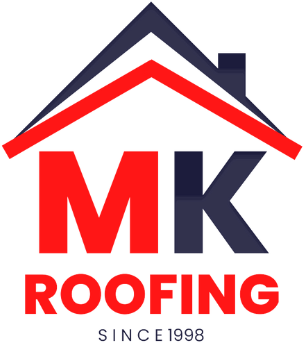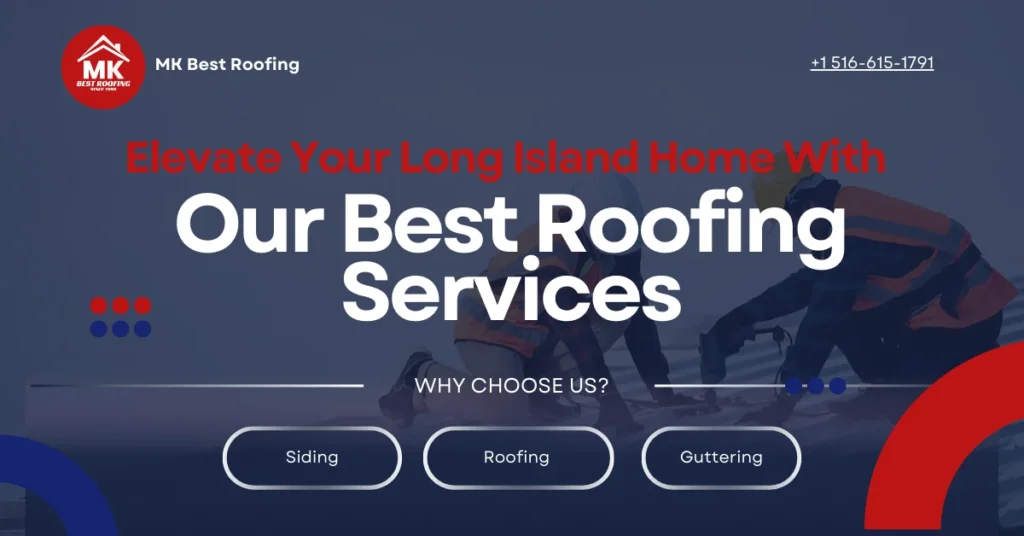If you have black stripes on your roof shingles and are concerned, why is it so, then do not panic. The culprit is an algae called Gloeocapsa magma, that leads to the discoloration of shingles. This type of algae is often found in environments that are damp and is prone to rapid dispersion. Black streaks on roof’s shingles are often an outcome of the blue-green algae growth. So, to preserve the pristine condition of the roof, it’s imperative to know what causes these black streaks.
Causes of Black Streaks on Roof Shingles
Black streaks on roof shingles are one of the most popular problems which can be frustrating for the homeowners. Here are the most common causes responsible for the unpleasant black stains:
· Algae Growth: The type of algae which is known as Gloeocapsa Magma grows in humid conditions and breaks down the limestone in shingles and leaves black stains on them.
· Moss and Lichen Development: Moss and lichen hold water on the surface, which leads to the degradation of the roof. Moss grows in the shaded and wet regions while lichen grows on the algae thereby worsening the damage.
· Asphalt Bleeding: Heat can lead to the asphalt in the shingles to ooze out, and this will lead to the formation of black stripes. This is not very frequent, but it also has its effect on the roof’s appearance.
· Poor Quality Materials: Cheap shingles are not durable and tend to break down rather quickly which makes the roof perfect candidates for growth of algae, moss or even asphalt bleeding.
· Improper Installation: If the shingles are laid down incorrectly, they can hold water which will lead to the growth of algae and moss and therefore black streaks will appear.
Signs of Black Streak Presence
Black streaks should be identified as early as possible so that their progression can be stopped before they cause more damage to the roof. Here are some indicators that black streaks may be making an appearance on your roof:
· Visual Appearance: Black streaks are easily seen, especially on the northern slopes that are exposed to less sunlight, and thus reduce the value of the house.
· Location: It develops in the shaded areas where moisture and algae are present.
· Material Degradation: Algae feed on the asphalt shingles which leads to the loss of granules and makes the roof weak.
· Moisture Accumulation: If there is poor ventilation or if debris is trapped on the roof, then it retains moisture, offering a perfect environment for the growth of algae or mold.
Risks Associated with Black Streaks
The major concern with the emergence of these black streaks is damage of the shingles because of algae retaining moisture and mold or mildew thriving in that environment. As these shingles retain moisture the shingles themselves begin to wear down and are less efficient and have a shorter lifespan. When the shingles start to degrade the capacity to shield the house from external elements diminishes and enhances chances of water seepage through the roof.
In addition to this, black streaks can negatively impact the energy performance of your house as darkened shingles absorb a greater amount of solar heat hence leading to higher temperatures in the attic which translates to hotter indoor temperatures. This increases the load on air conditioning systems and eventually leads to hefty electricity bills especially during the warm weather.
Apart from the physical and financial damages, black streaks could substantially reduce the resale of your home. Home buyers might see these streaks as signs of negligence and may lose interest or make lowball offers. If you are a homeowner thinking of selling your property on the market, black streaks should be dealt with promptly before putting the “for sale” sign.
Techniques for Cleaning Black Streaks
It is important to remove black streaks from roof shingles to enhance and preserve the appearance of the roof as well as to increase its life. There are several methods that you can use for the removal of the stains, and they range from doing it on your own to getting professional help.
1. Soft Washing Method: This technique entails the use of a low-pressure water system together with cleaning solutions that are meant to remove algae. It works and does not cause much harm to the shingles as high-pressure water. Store bought roof cleaning solutions can be found at home improvement stores and consumers can connect a garden hose to apply the solution.
2. Bleach Solution: This method can be quite useful but must be used with a lot of attention. Water and bleach solution is used most of the time in the ratio of 1: 1 to target the areas affected by algae. One must make sure that the solution is distributed evenly and that it does not drip through the leaves since bleach is a chemical which is destructive to plants. This process requires thorough rinsing of the roof to ensure that no bleach is left behind as it may cause discoloration.
3. Professional Roof Cleaning: If you don’t want to perform this task on your own, you can always turn to professional roof cleaning services. They have the right tools and experience that will remove the black streaks without causing any damage to the shingles. They also make sure that the work is done in the right manner, and this may spare the owners the trouble of having to climb on the roof.
Preventative Measures for Black Streaks
The shingles on your roof will discolor permanently and will begin to break which would mean damage to the house. Make sure to employ these strategies to avoid damage and keep your roof clean.
Regular Roof Maintenance
Routine roof care includes inspections and cleaning at regular intervals to ensure that the roof is in a good condition. Firstly, visual periodic inspections should be done at least two times in a year with spring and fall being the appropriate seasons. Watch out for things like missing shingles or the presence of black streaks on the roof.
You can take appropriate action such as washing your roof to get rid of accumulated debris which can be in the shape of leaves or twigs that can retain moisture and allow algae to thrive. Ensure you employ a soft brush or low water pressure spray with roof washing solution for the best results. Ensure adequate water drainage by cleaning your gutters regularly as clogged gutters can cause algae buildups.
Installing Algae-Resistant Shingles
Utilizing algae resistant shingles is a long-term solution to prevent black streaks on roofs. These algae resistant shingles contain copper granules that significantly aid in preventing the unwanted growth of algae while also increasing the lifespan of the roof.
Algae resistant shingles may cost a bit more in comparison, however they do save money in the long term as the cleaning and the repair costs decrease. Furthermore, they also aid in maintaining the curb appeal of the home even during severe weather conditions.
Proper Roof Ventilation
Black streaks can be easily avoided with proper ventilation along the roof. Proper ventilation regulates moisture and temperature to create an environment that is less friendly for algae proliferation. To facilitate airflow, install ridge vents at the uppermost points of the house.
Ridge vents provide assisted ventilation and are usually installed directly under the eaves along with soffit vents. Make sure your roofing system includes both intake and exhaust vents for optimal air circulation. Adequate ventilation reduces moisture build-up and algae growth and increases the lifespan of your roofing structure.
Conclusion
Now you know that for the roof to be both immensely appealing and have a long-life span, it is crucial to prevent the appearance of black streaks on the roof shingles. Proper ventilation, installation of algae resistant shingles and regular cleaning of the roof can greatly help in the prevention. By doing this, the homeowners would be able to protect their home as well as avoid expensive repairs, which would, in turn, increase the value of their home. This way, for many years to come, the roof would remain strong and beautiful. Not only that, but it would also contribute towards increasing the energy efficiency of the house along with the comfort level.
FAQs
What causes black streaks on roof shingles?
The algae that grow in moist and shaded areas called Gloeocapsa Magma predominantly exhibit black streaks. These organisms feed on the limestone fillers found in asphalt shingles, resulting in these unpleasant marks. Over time, these algae patches can spread, intensifying the streaks while making it more challenging to get rid of them.
Can black streaks damage my roof?
Black streaks do not indicate structural damage however if not taken care of on time, they can be a precursor to increased shingle erosion which ultimately can lead to a shorter lifespan for the roof. If left untreated, algae build up can cause increased wear and tear damage on shingles.
How often should I clean my roof to prevent black streaks?
Cleaning the roof every 1 to 2 years should suffice in tackling the problem of black streaks. Along with algae growth control, this maintenance greatly extends the life of your shingles. Keeping the roof clean prevents debris buildup that can lead to algae growth which in return prevents black streaks.
How can I prevent black streaks from reappearing?
Installing copper or zinc strips on the roof can help. These metals act as a deterrent for algae growth which can prevent black streaks from forming. Moreover, regular ventilation of the roof as well as adequate trimming of trees to increase sunlight can help reduce the chances of black streaks forming. Also, maintain clean gutters to discourage algae growth due to water buildup.







